Many hospitals and medical practices use pay-per-click advertising, and base success or failure on standard reports (Google, Bing, etc). How many clicks you received, how many form fills, etc. But those reports don’t actually provide information on what the person clicking the ad was looking for? Can you tell why a lead wasn’t generated, or where in the sales funnel that particular person was? Using dedicated landing pages, with ad specific copy and trackable hyperlinks can help you determine why and how your potential customers are viewing your healthcare digital advertising programs.
Dedicated Landing Pages and Microsites Can Help
Many healthcare companies use online pay-per-click advertising to promote their practices; to attract new patients, collect email addresses, or provide information to the public on services or procedures. But in many cases, the advertisement simply links to the subject page on your website, a generic page not designed to promote a call to action. They experience the following:
- Click on an advertisement
- Land on the generic page
- Read a bit and then either email or call you
- Or leave your site and continue their search
You may be missing opportunities, and insights, with this approach. Instead, consider developing “ad specific” landing pages. Copy and images should be similar to the ad message. This will assist both your potential patients, and you, in determining what they’re searching for, and confirm that they’ve come to the right place by clicking on your advertisement.
Headlines and Copywriting Reinforce Your Message
Language in your ads is no doubt carefully chosen. It may target a certain demographic, or highlight a specific pain point or treatment. Using a generic landing page after you’ve gone to the trouble of developing a “click-worthy” ad is a waste of time, and money. Make certain that your landing page or microsite’s headline and copy pertain to the ad. Advertising for primary care physicians or specific types of procedures? Don’t drop someone off on the home page of your website and hope they find what they need. A dedicated page with specific information will be more successful. Persuasive copy, examples of the types of issues you can solve, and treatment options available will paint a picture that shows your prospective patients that you understand their issues, and want to help.
What Can a Landing Page or Microsite Tell You?
Standard reports from Adwords include # of visits to the page, # of bounces (meaning someone left the page without visiting any other pages on your site), and # of clicks/closes/leads set up for specific tracking. MD Connect’s Lead Tracking & Intelligence system can also provide a wealth of intelligence on how your campaigns are doing beyond generating a lead. But what can you learn from activity on the landing page? Consider the contents of the page itself. Have you provided calculators? Hyperlinks for additional reading? Applications for financial assistance or an FAQ? Is your landing page mobile optimized and are people clicking to call? All of these actions tell you why someone came to your page, and what information they need. If you put links on a landing page that no one ever clicks, are they the wrong links? Is the information unrelated to your ads? Are people clicking on something that warrants a totally separate set of advertisements?
Your hospital or medical practice pays for advertising and expects a return, but the return isn’t always monetary. Find out more insight about the patients who click on your ads, and you may discover a whole new source of business as well as finding ways to improve your site, your advertising, your medical practice and your digital marketing results.















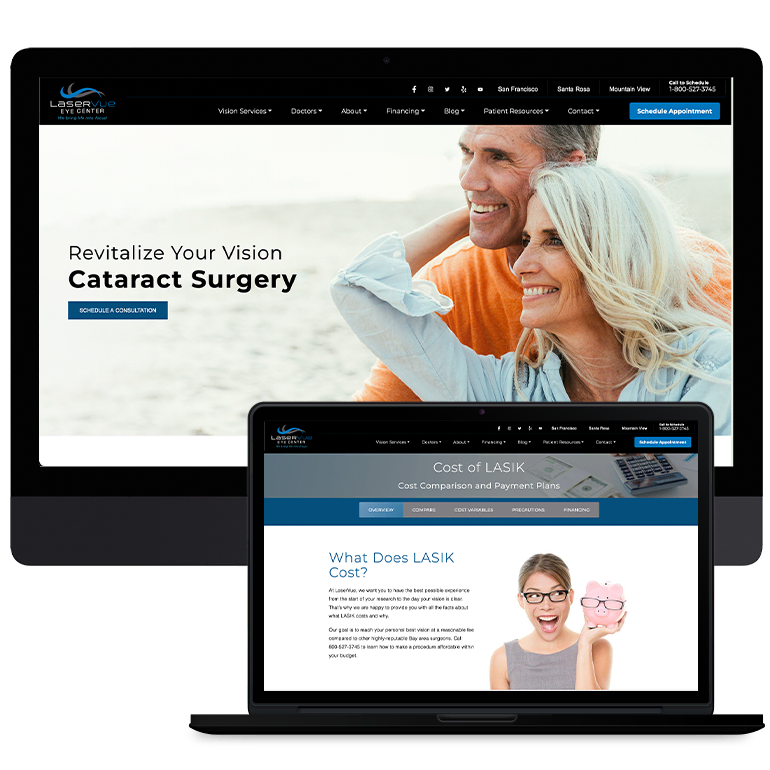
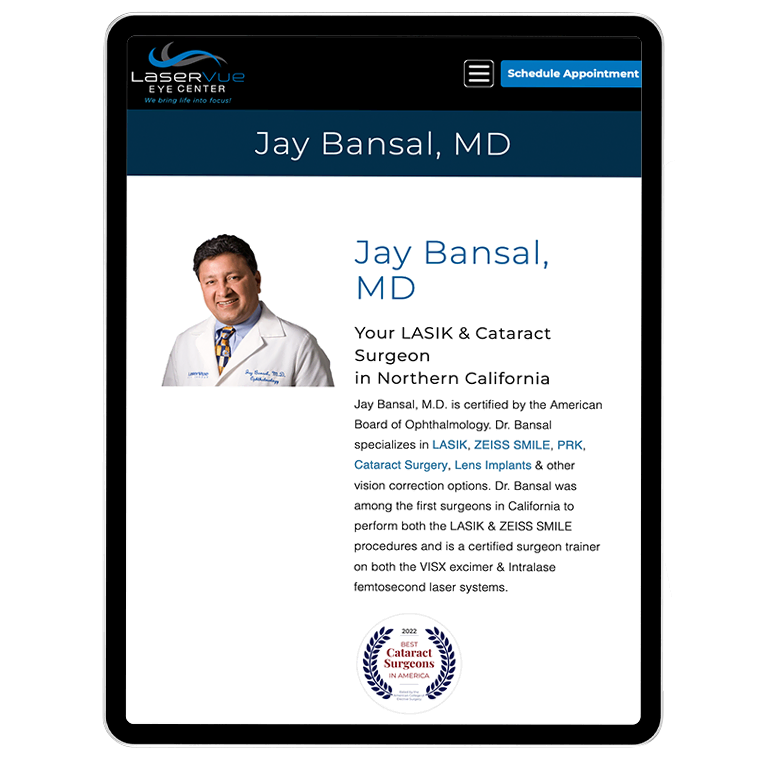
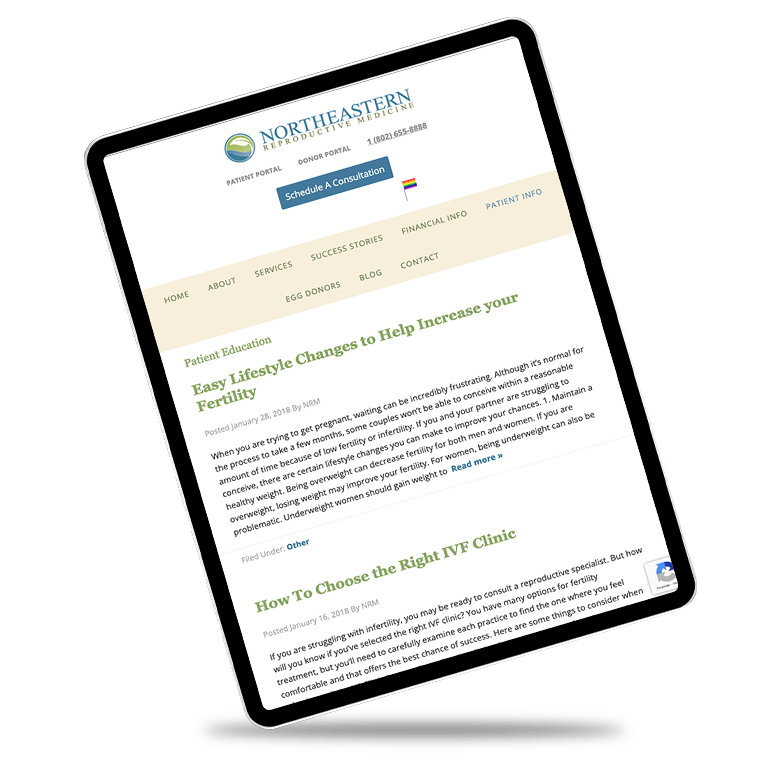



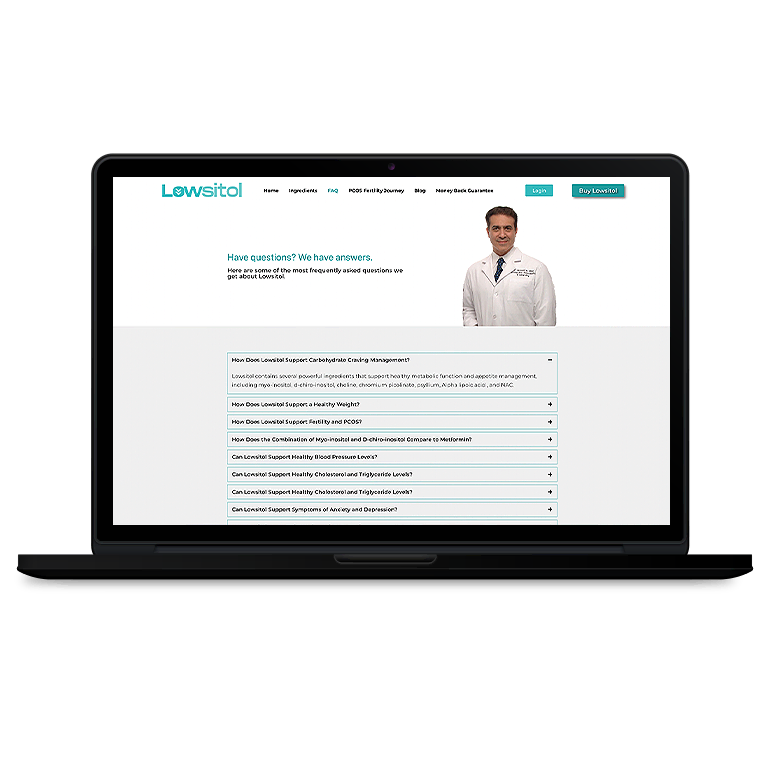
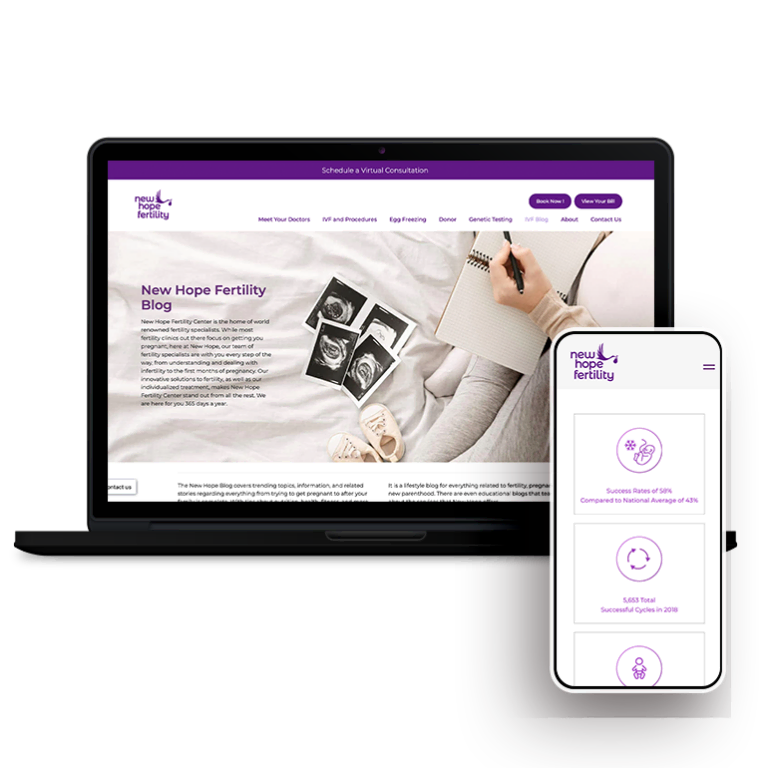
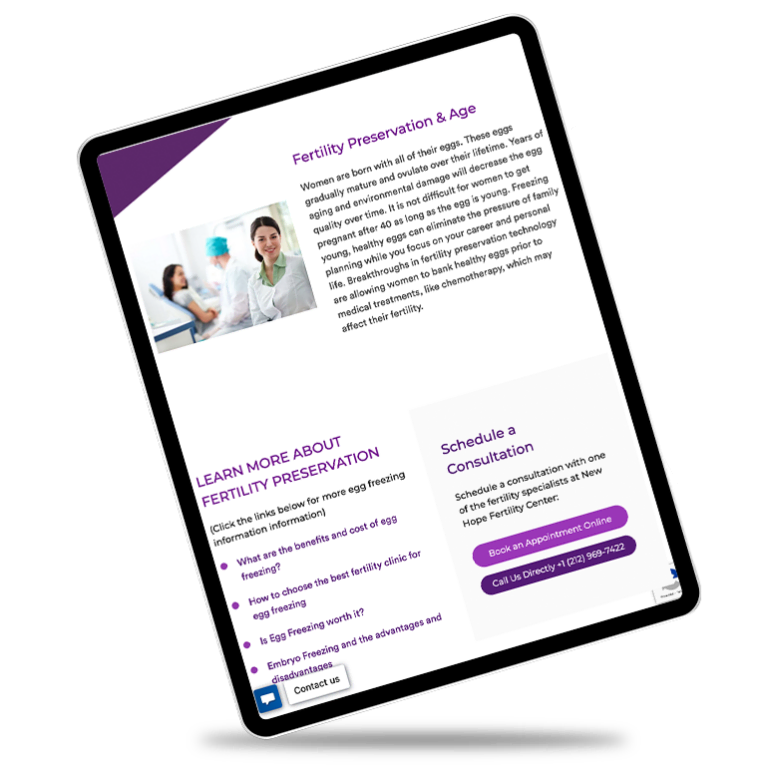

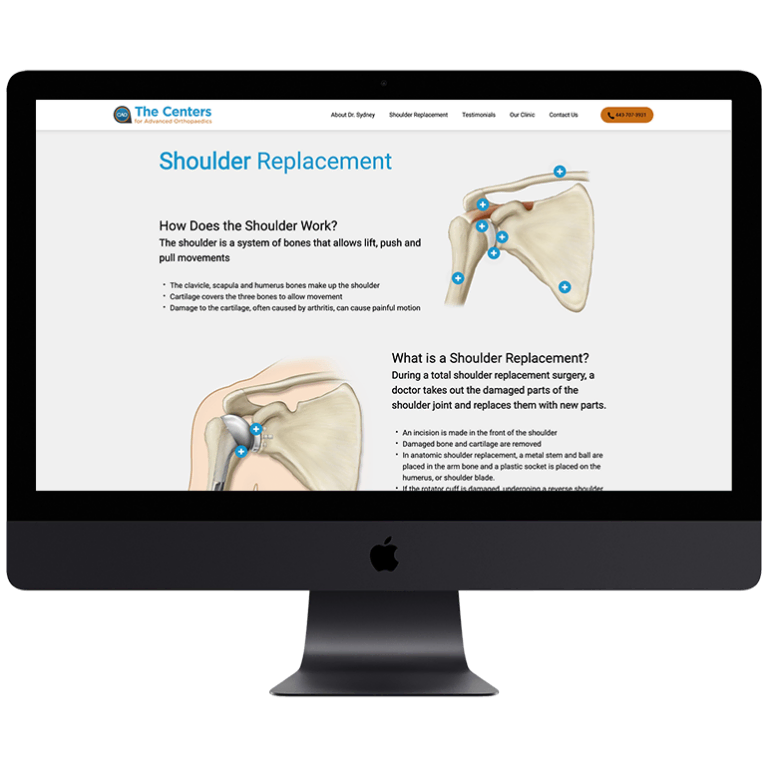


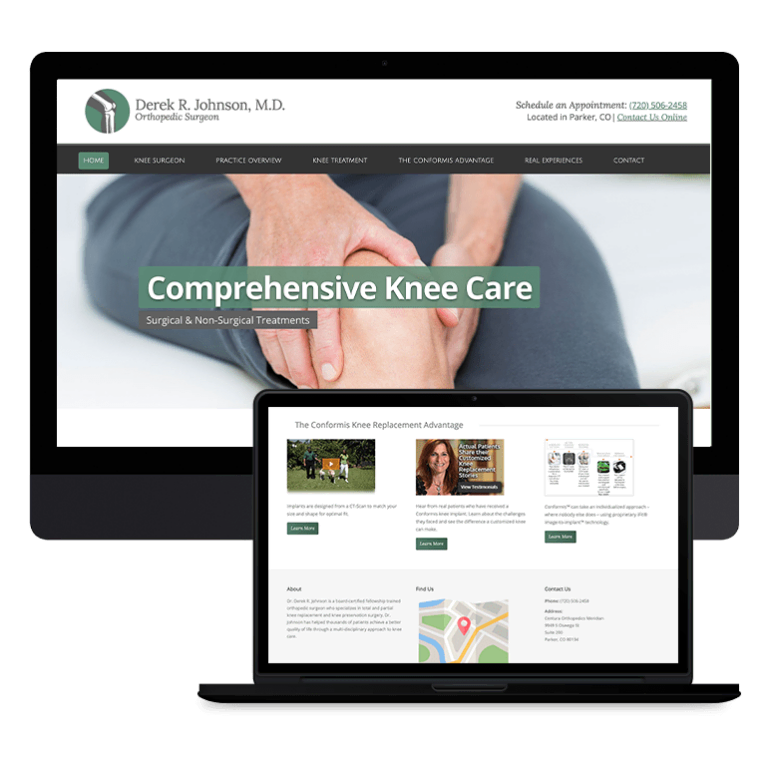

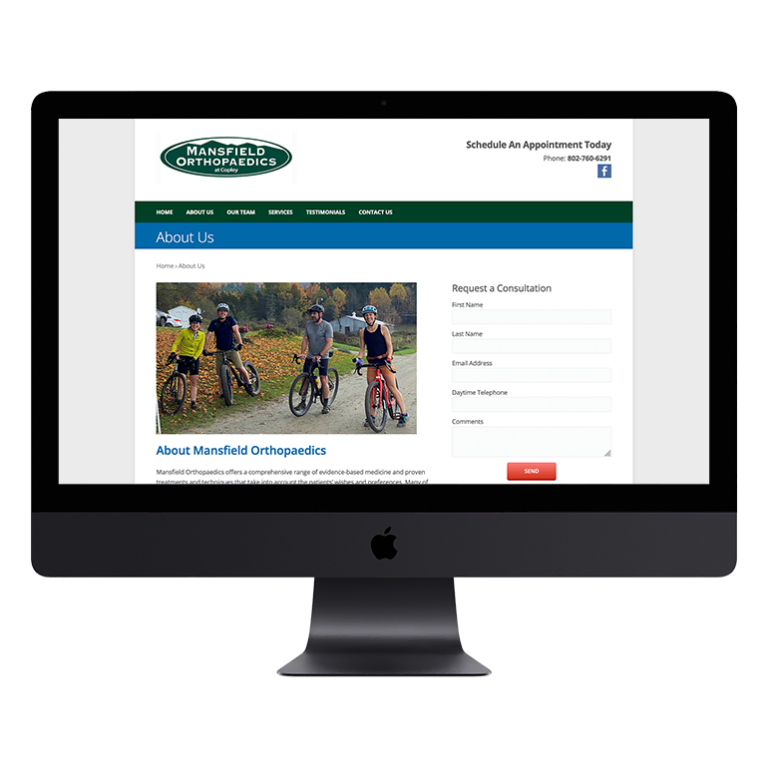
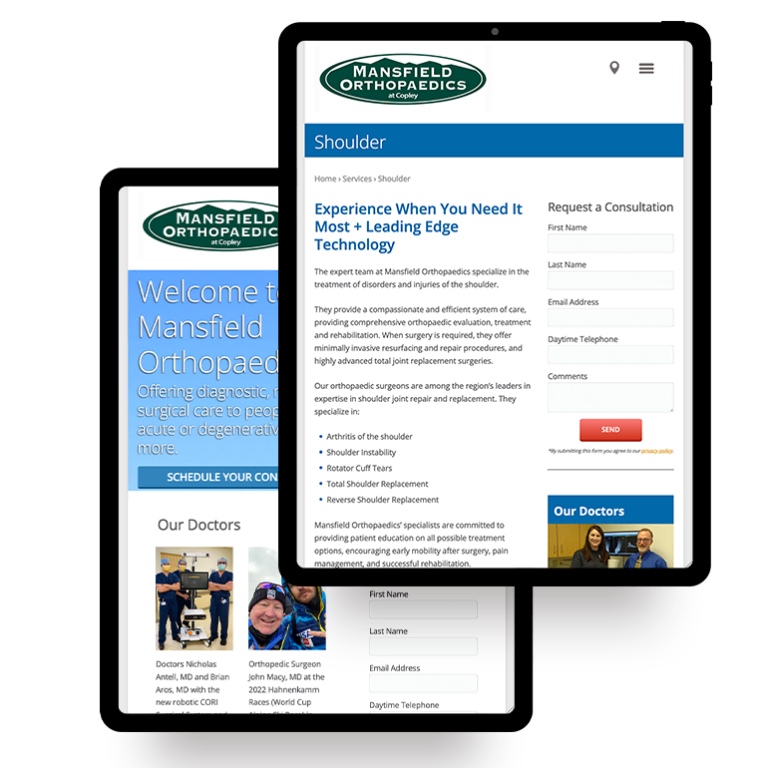
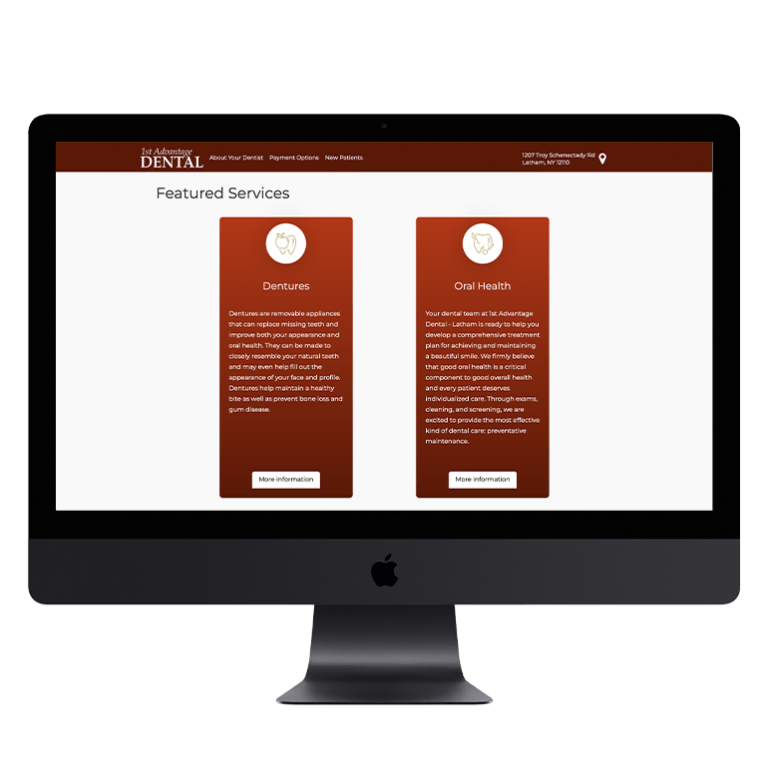
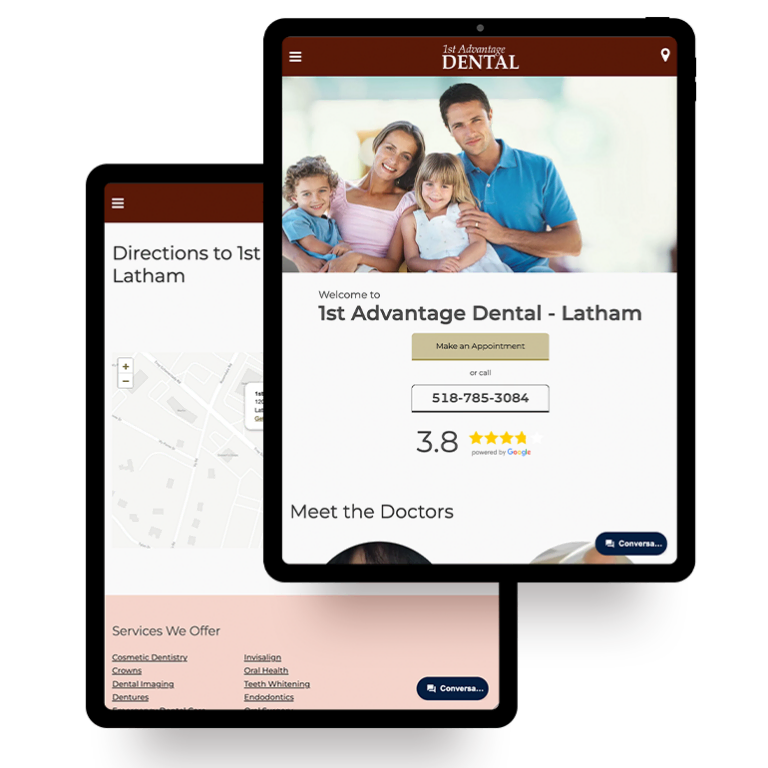
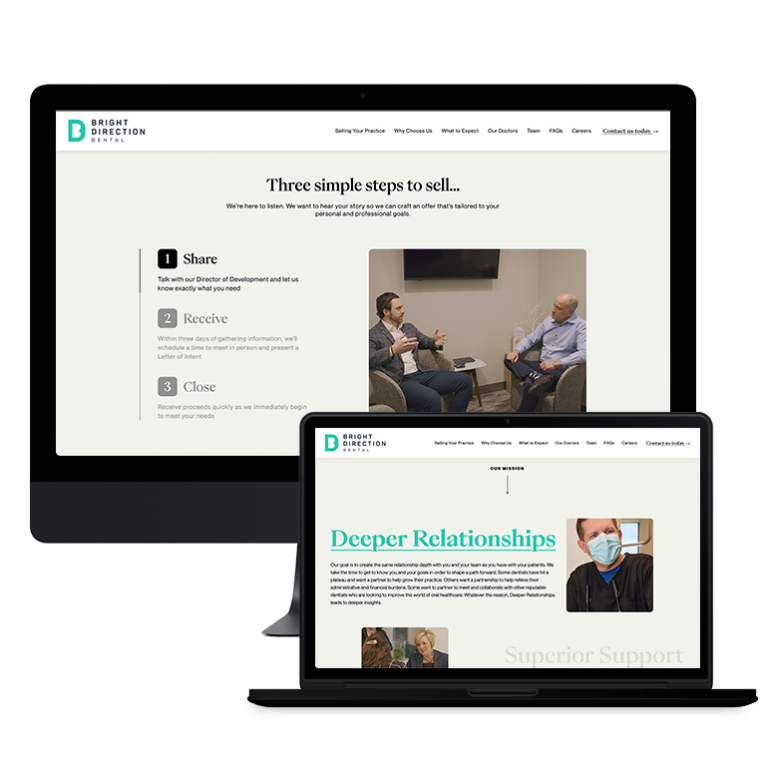
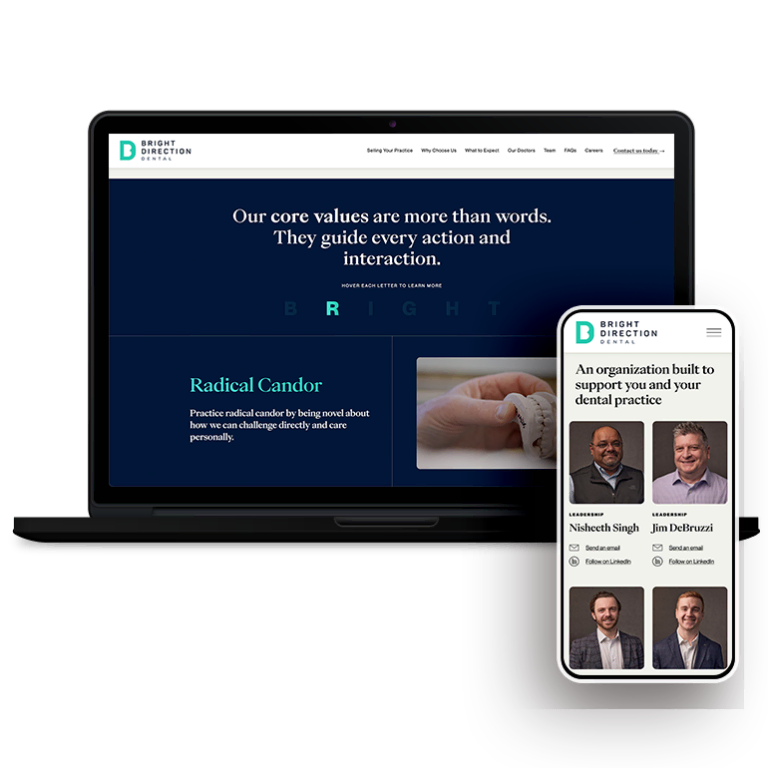
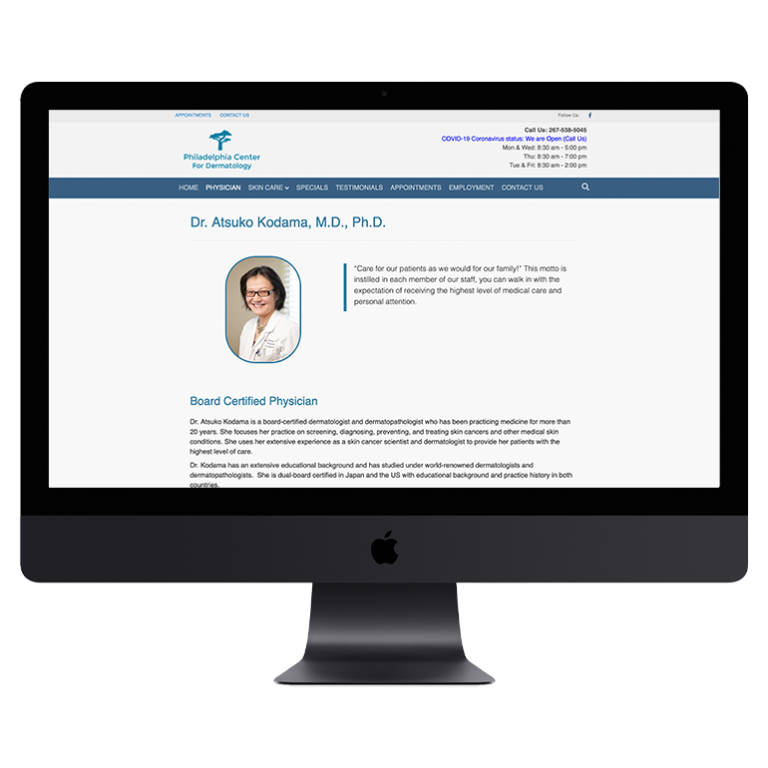
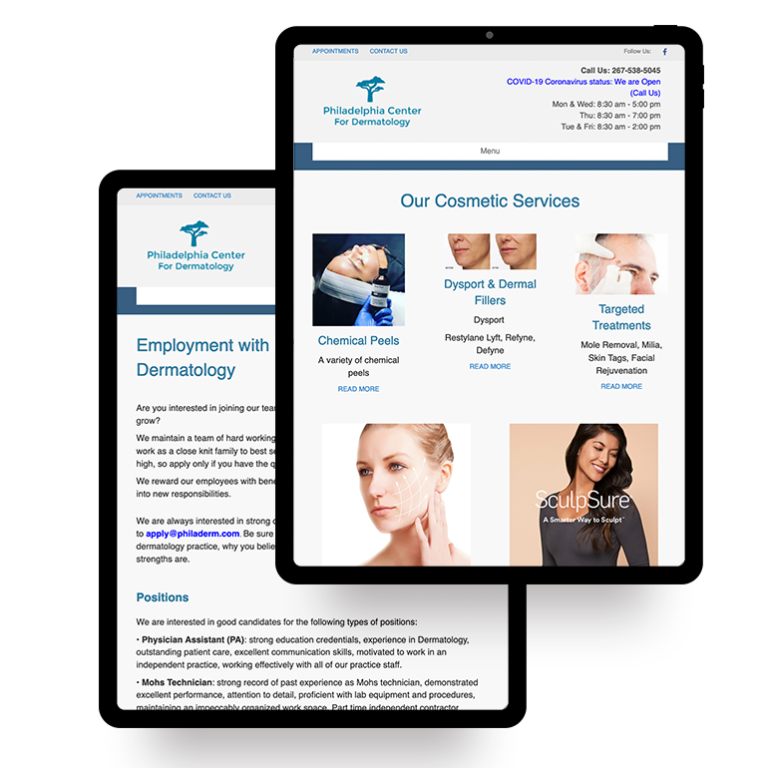


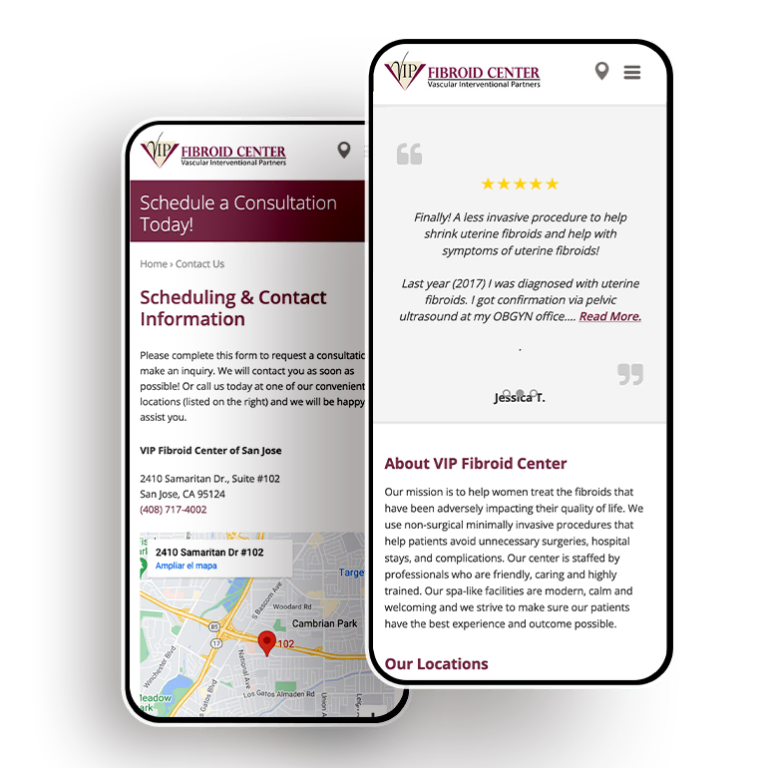

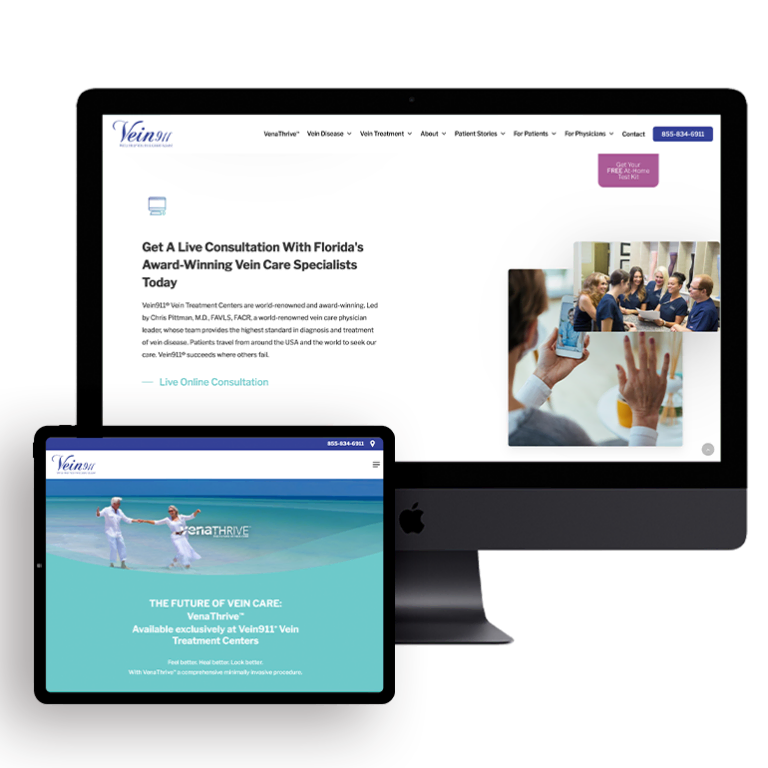
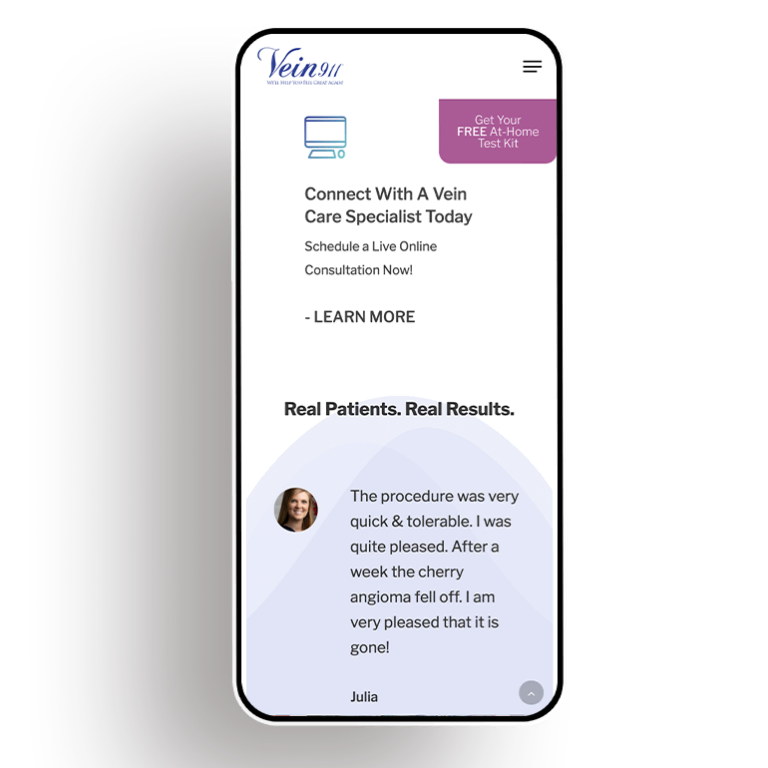


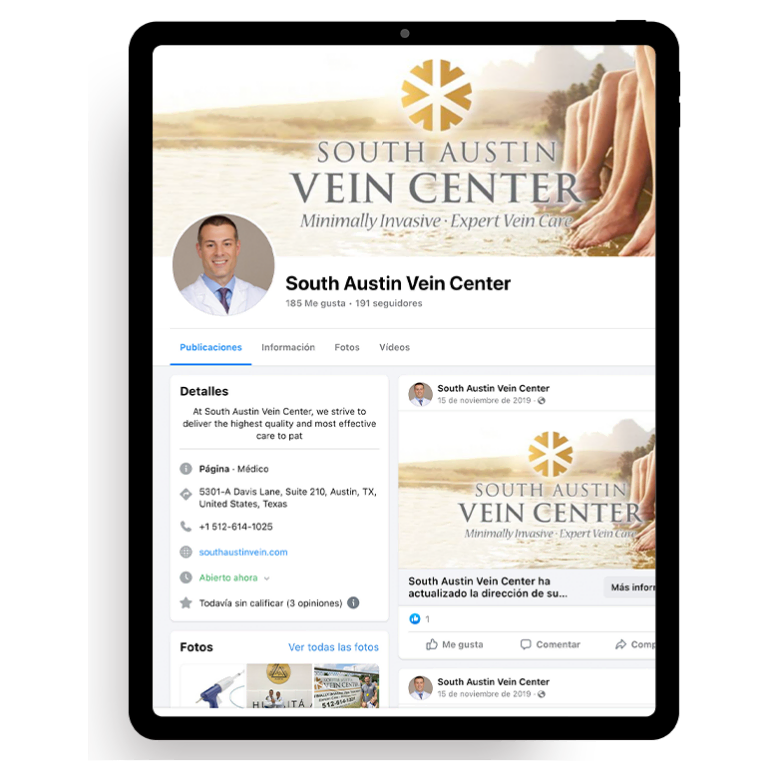

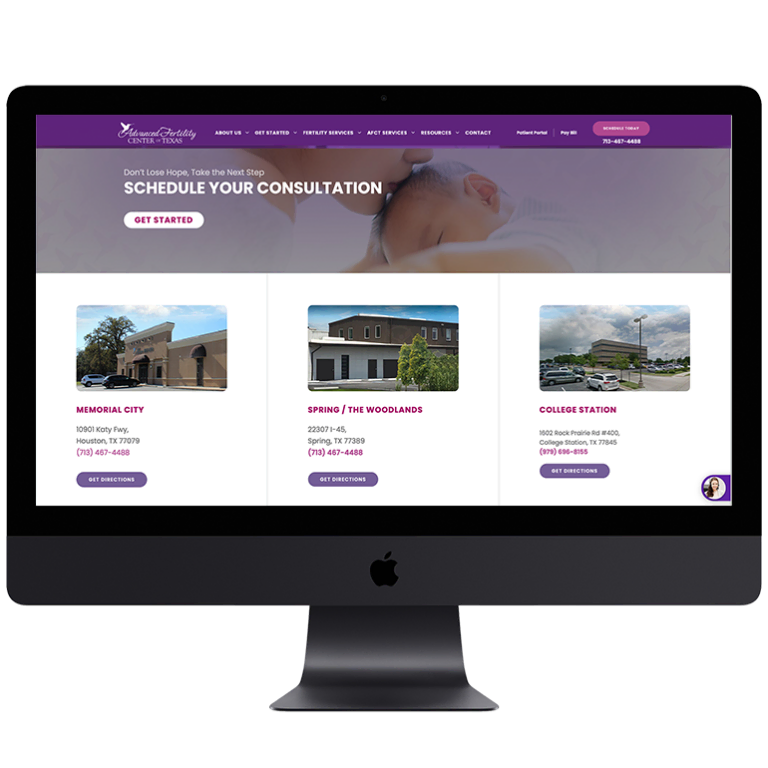
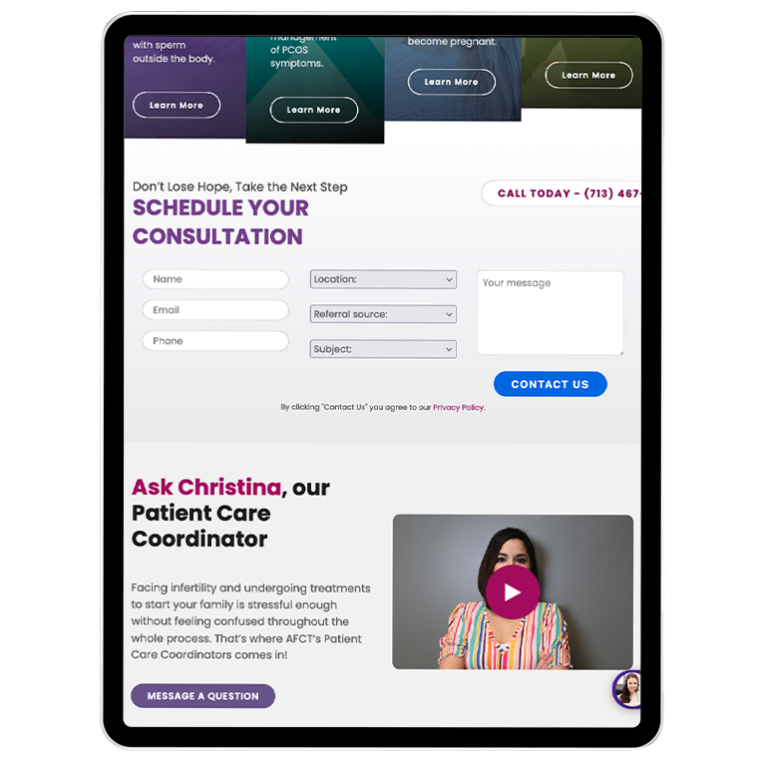
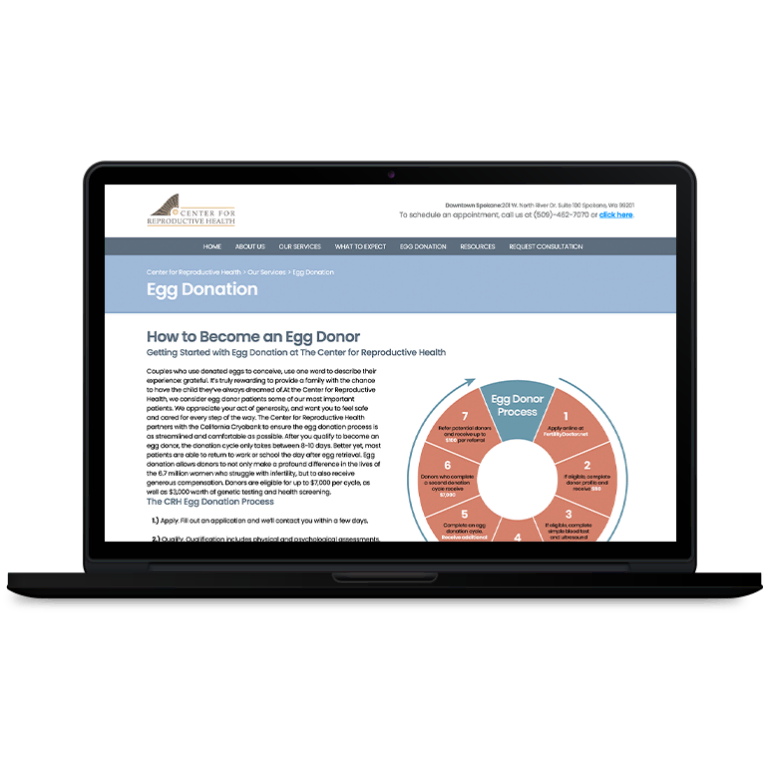
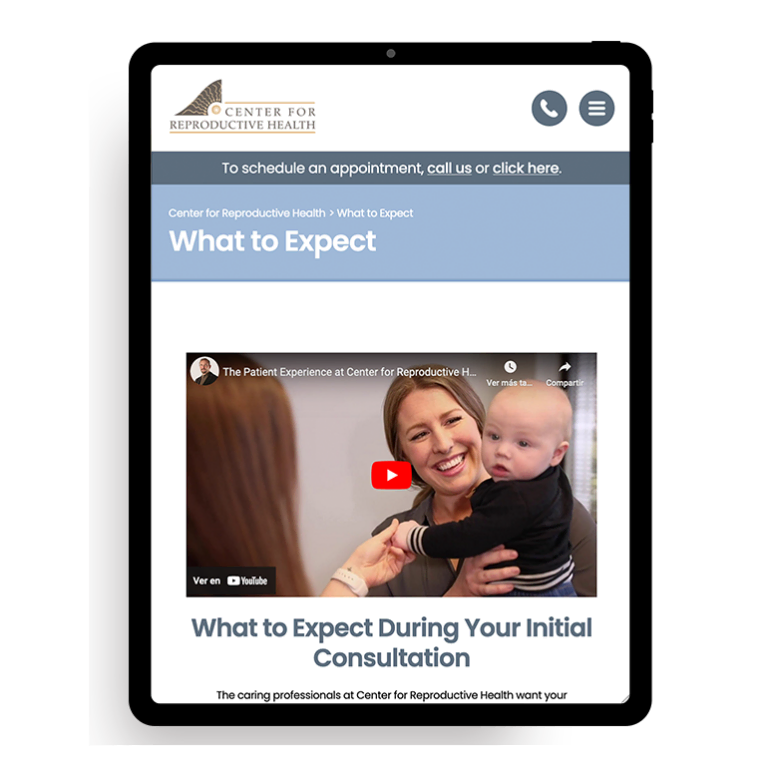
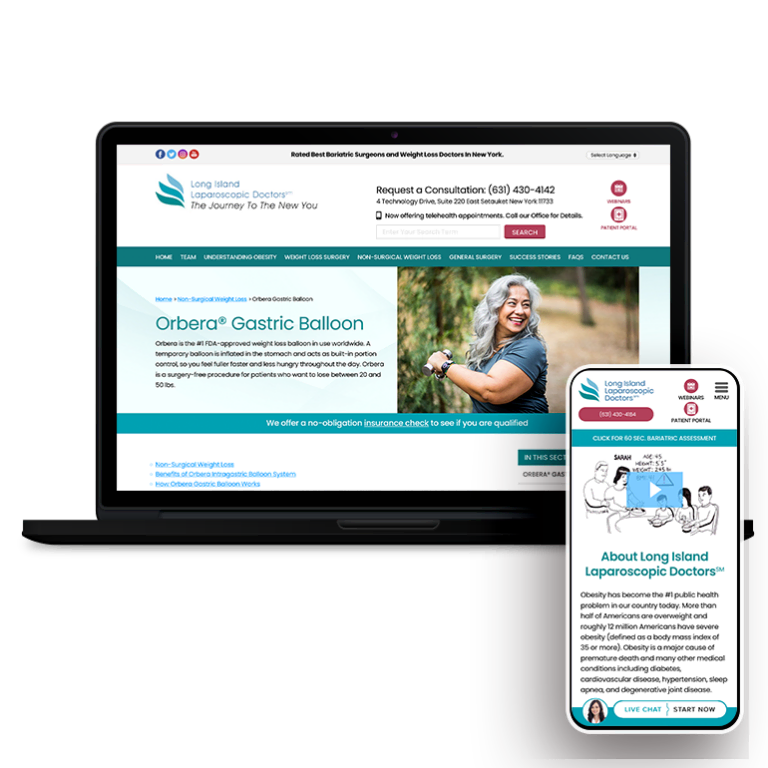
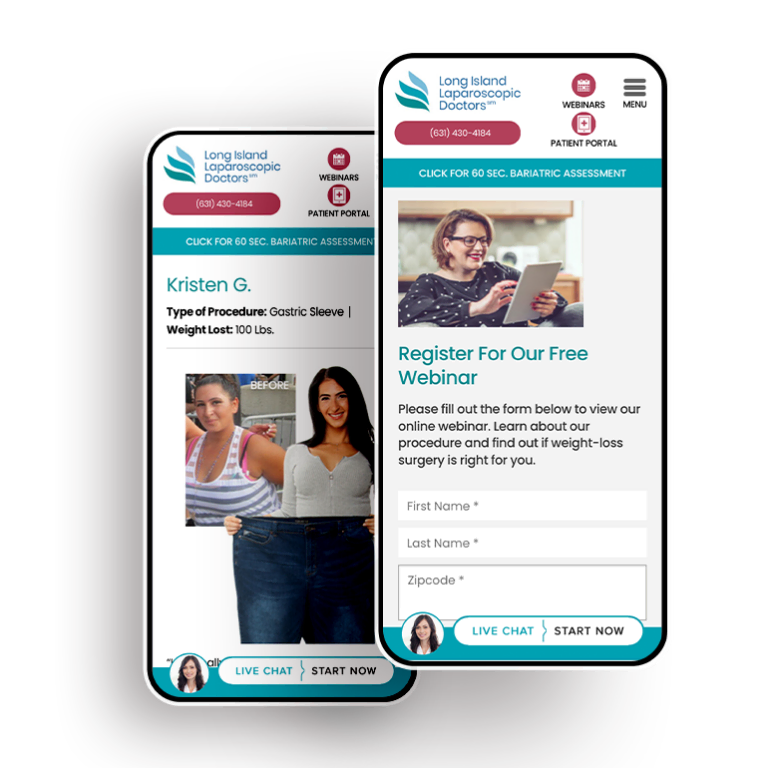
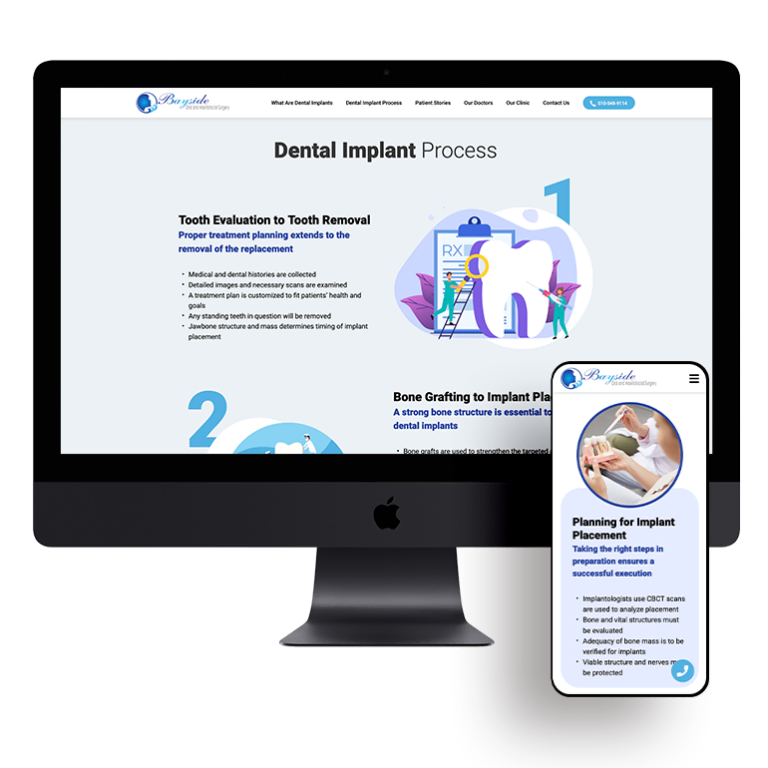
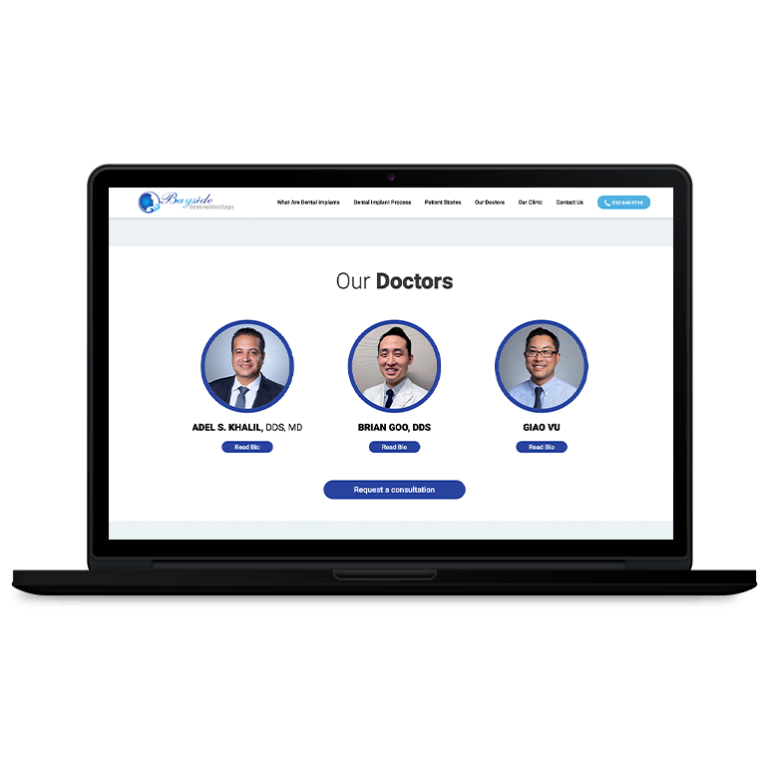

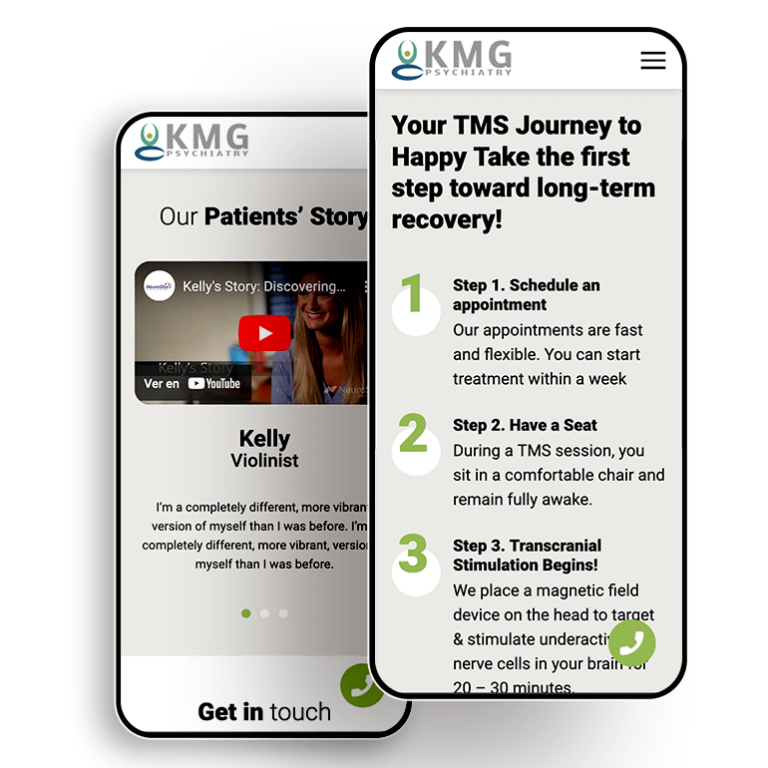

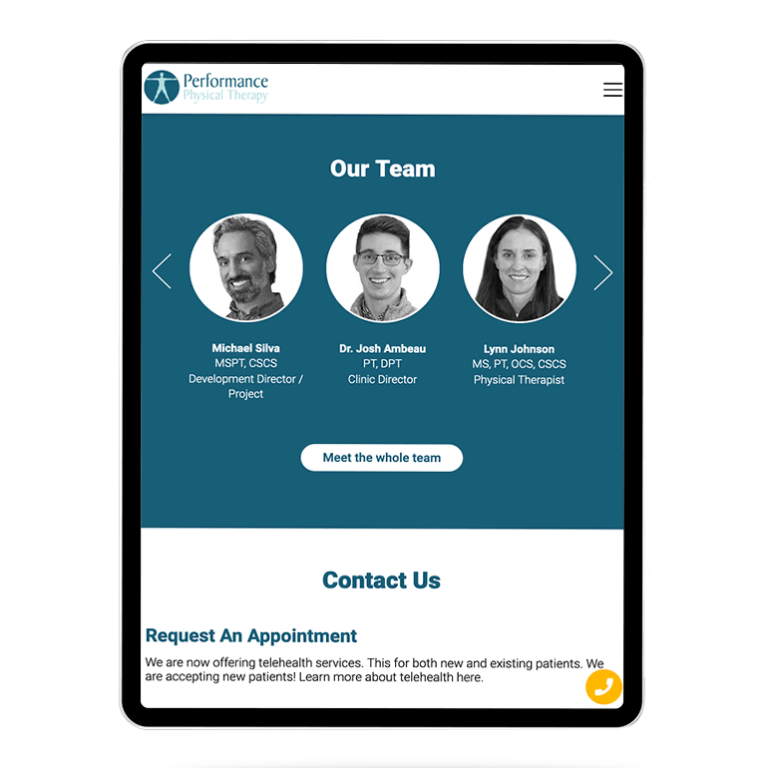


 Smart Design Creates New Patient Opportunities
Smart Design Creates New Patient Opportunities